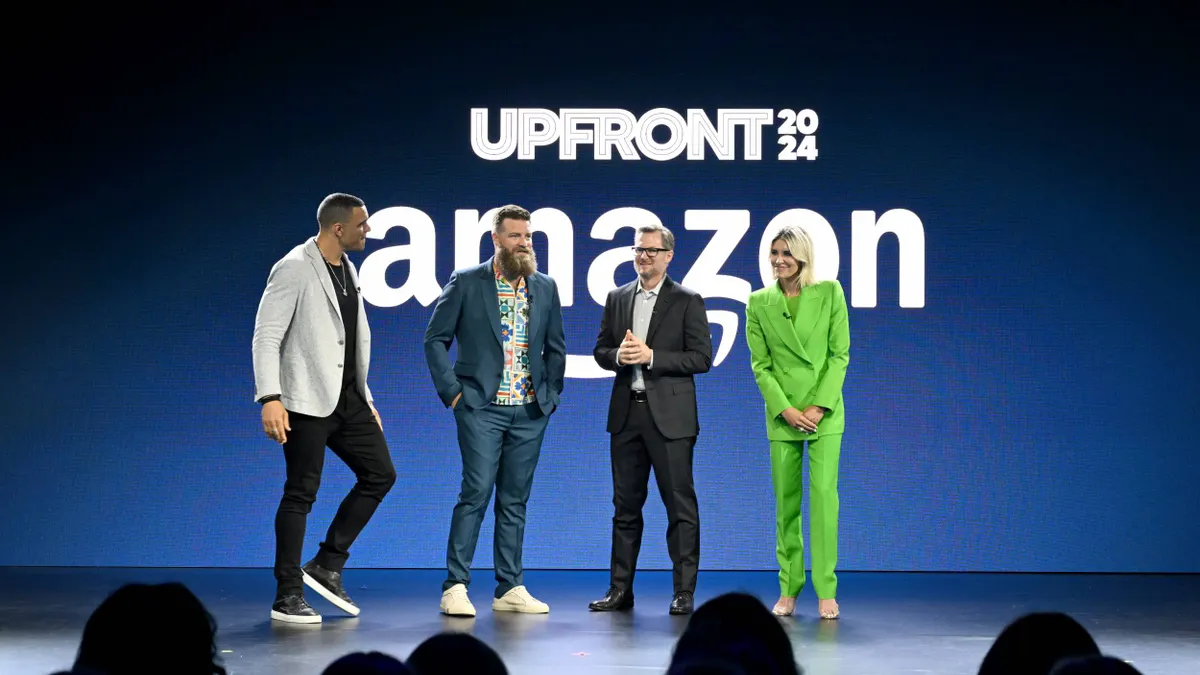Dive Brief:
- Google announced a number of improvements to the store visits measurement in AdWords in a company blog post.
- The improvements include upgrading deep learning models to improve how store visits are measured by better prioritizing locations signals most predictive of actual visits; increasing the precision of the geography and geometry of business locations via Google Earth, Street View and scanning Wi-Fi strength; and adding additional verification by surveying users about store visits.
- AdWords introduced store visits as a measurement two years ago and since that time advertisers have measured more than four billion store visits in AdWords, according to Google.
Dive Insight:
Offline attribution tying online behavior, such as viewing an AdWords ad to offline actions like visiting a brick-and-mortar location has been something of a Holy Grail for marketers — highly coveted but often elusive to find. Even though options like the AdWords measurement have been available, the quality of those metrics hasn’t always been ideal which is one reason why Google is touting this latest round of improvements.
By helping marketers connect more store visits to AdWords campaigns, Google hopes to help draw a more accurate picture of online's influence on in-store sales. If marketers discover, through these improvements, that more in-store sales can be traced back to an online ad than previously thought, they might decide to increase their ad spend. Google isn't alone in beefing up offline attribution capabilities, with Facebook as well as a number of smaller platforms, including xAd and RetailMeNot also active in this area, often using mobile as the focus because of its ability to show user location.
One challenge Google and others face in offline attribution is assuring marketers that the data is correct. “How do you really tie into in-store attribution? What most are doing is using third-party bid-stream data to 'infer' that people have been seen in a store. This is generous at best," Neil Sweeney, CEO, Freckle IoT, previously told Marketing Dive.
In the Google blog post, Kishore Kanakamedala, Director of Product Management, Online-to-Offline Solutions, Google, explained that AdWords store visits are calculated based on aggregated and anonymized data from users who have opted-in to activate location history.
“We know measurement insights like store visits help you make business-critical decisions about how you manage and optimize your marketing campaigns. That’s why we uphold strict, conservative confidence thresholds for the data you see in AdWords and only report on store visits when we’re sure the data meets the highest standard of accuracy,” wrote Kanakamedala.











